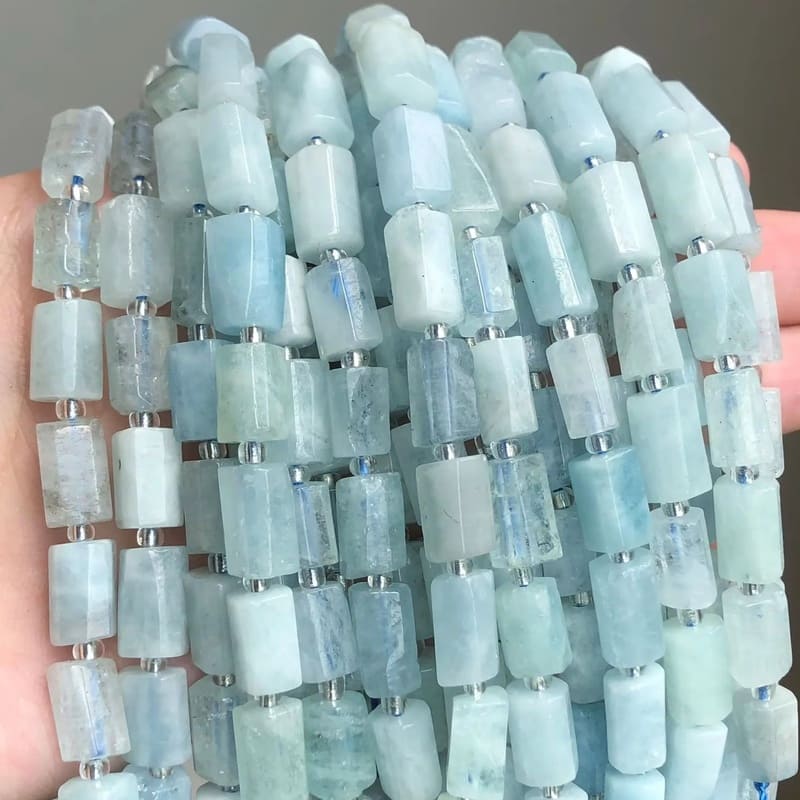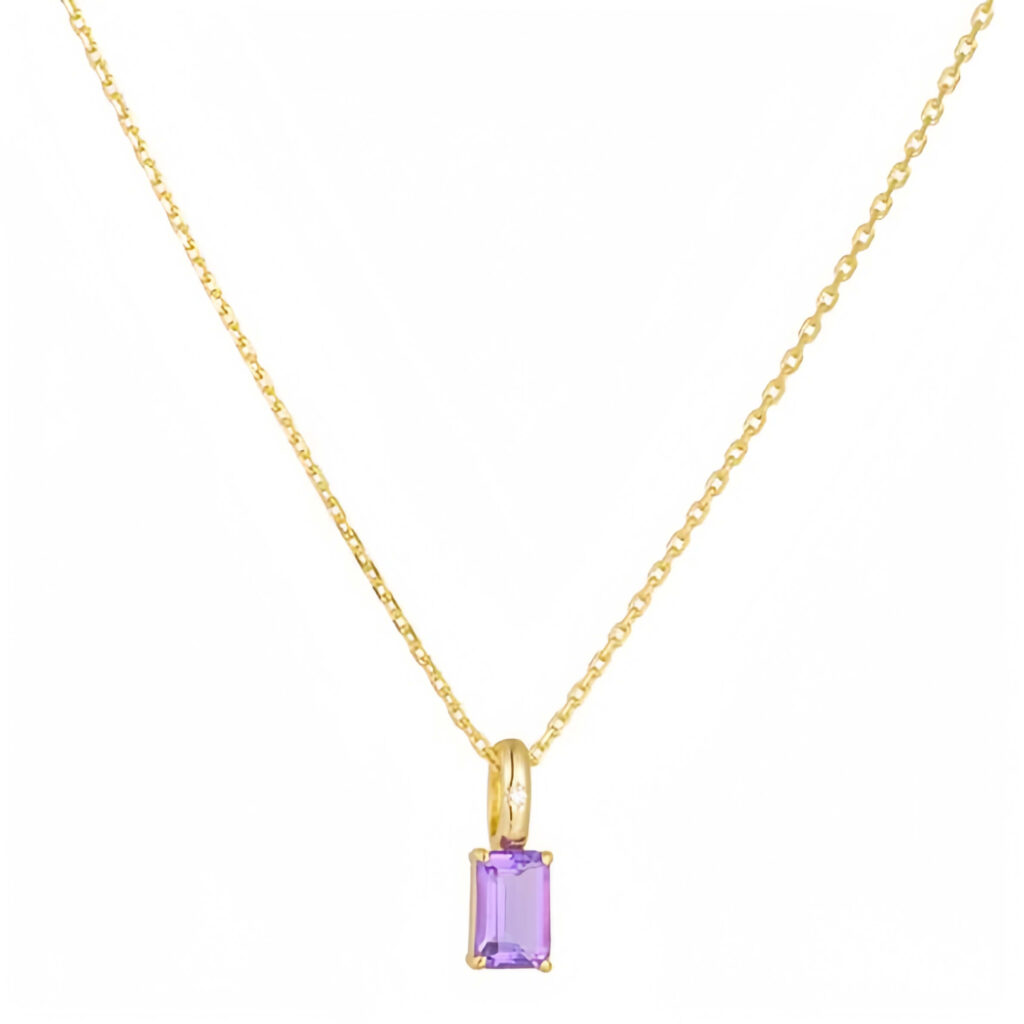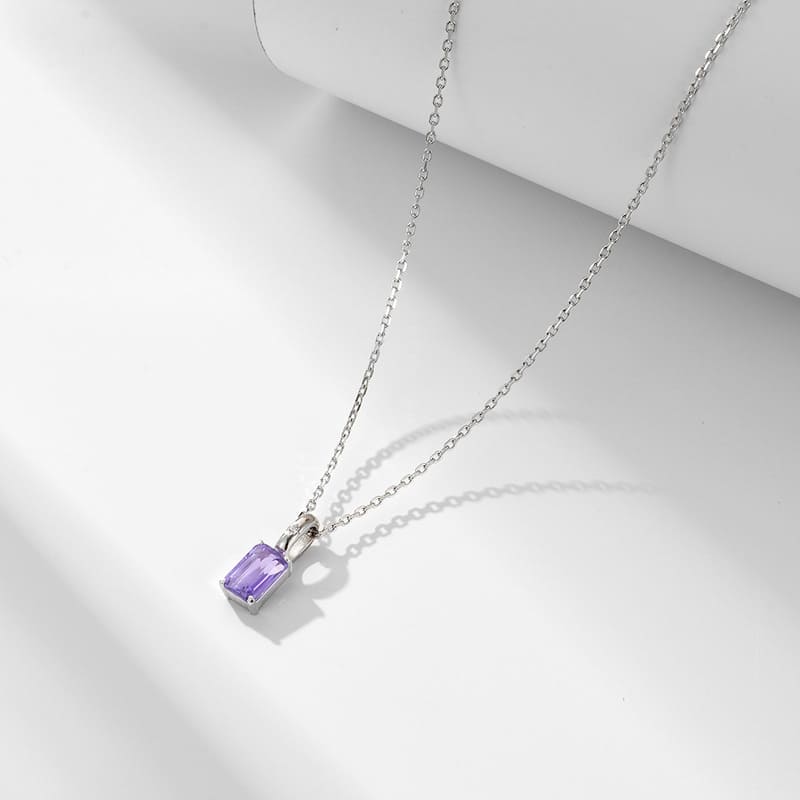-
×
 Aguamarina Genuino Piedras preciosas para la fabricación de joyas Facetado Forma Columnar Strand (28-30pcs) $6.59
Aguamarina Genuino Piedras preciosas para la fabricación de joyas Facetado Forma Columnar Strand (28-30pcs) $6.59 -
×
 15 Variety Gemstone Chips Bulk Kit Natural Stone Beads for Jewelry Making $9.07
15 Variety Gemstone Chips Bulk Kit Natural Stone Beads for Jewelry Making $9.07
Subtotal: $15.66

 Aguamarina Genuino Piedras preciosas para la fabricación de joyas Facetado Forma Columnar Strand (28-30pcs)
Aguamarina Genuino Piedras preciosas para la fabricación de joyas Facetado Forma Columnar Strand (28-30pcs)  15 Variety Gemstone Chips Bulk Kit Natural Stone Beads for Jewelry Making
15 Variety Gemstone Chips Bulk Kit Natural Stone Beads for Jewelry Making 

